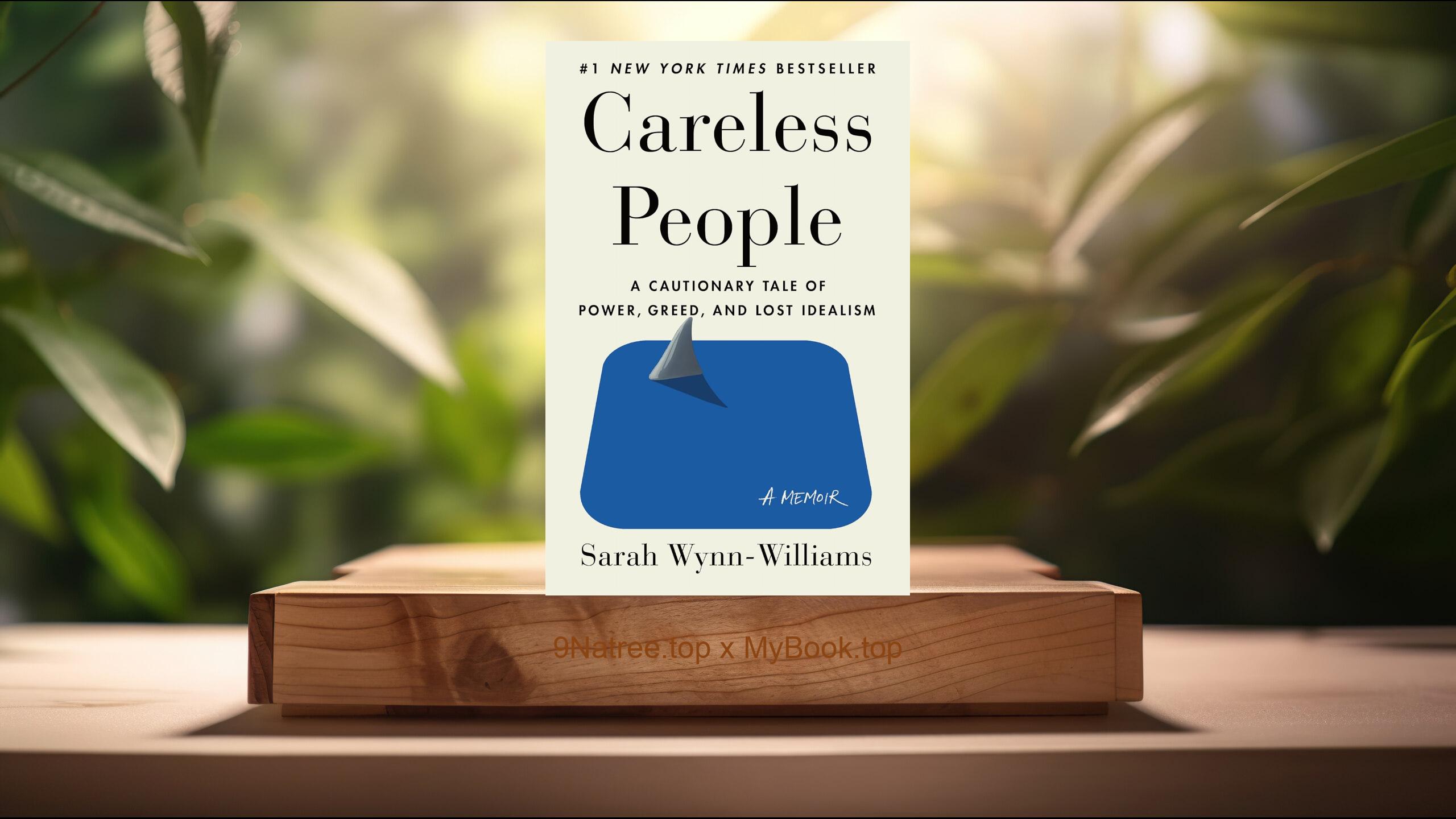Show Notes
Buy on Amazon: https://www.amazon.com/dp/B0010SKSTO?tag=9natree-20
Read more: https://mybook.top/read/B0010SKSTO/
#nonverbalcommunication #bodylanguage #emotionalintelligence #interpersonalskills #JoeNavarro #speedreadingpeople #detectingdeception #personaldevelopment
These are takeaways from this book.
Firstly, The Importance of Non-Verbal Communication, Joe Navarro emphasizes the critical role of non-verbal communication in our daily interactions. Non-verbal cues, including facial expressions, gestures, posture, and proximity, often convey more information than words. This silent language can reveal one's true thoughts and feelings, sometimes contradicting their spoken words. Understanding these cues can be particularly valuable in contexts where trust and honesty are essential, such as in negotiations, law enforcement, and personal relationships. By becoming attuned to non-verbal signals, readers can enhance their empathy, emotional intelligence, and ability to connect with others.
Secondly, The Feet and Legs as Honest Indicators, Navarro introduces the concept of 'limbic honesty' by focusing on how feet and legs, being farther from the brain, often display one's true emotions and intentions unconsciously. For example, the direction of someone's feet can indicate their genuine interest or desire to leave a conversation. Similarly, leg movements and positions, such as crossed legs or bouncing feet, can reveal feelings of discomfort, anxiety, or excitement. This section underscores the significance of observing the whole body, not just the face, to obtain a holistic understanding of what someone is communicating.
Thirdly, The Role of the Torso, Arms, and Hands, Navarro further dissects the body into regions, illustrating how the torso, arms, and hands contribute to our body language lexicon. Protective behaviors like crossing arms or placing objects in front of the body can indicate defensiveness or discomfort. Conversely, open postures and exposed palms can signal honesty and openness. This part of the book also covers the concept of mirroring, where individuals subconsciously imitate the posture of their interlocutor, a sign of rapport and alignment. Understanding these cues allows for deeper insights into interpersonal dynamics and how comfort, trust, and dominance are expressed.
Fourthly, Facial Expressions: The Windows to the Soul, Navarro dedicates a substantial portion of the book to facial expressions, which are potent indicators of emotion and intention. He navigates through a maze of micro-expressions, eye movements, and other facial cues that can betray a person's true feelings. This segment explores the universality of certain expressions, such as happiness, sadness, anger, surprise, fear, and disgust, and how they can be accurately read across different cultures. The author emphasizes the importance of synchrony between facial expressions and spoken words in detecting deceit or emotional discord.
Lastly, Applying Body Language Reading in Everyday Life, Navarro doesn't just explain body language; he also offers practical advice on applying these insights in daily life. From improving personal relationships to acing job interviews and negotiations, understanding and utilizing the principles of body language reading can yield significant benefits. This section provides actionable tips for honing one's observational skills, staying attuned to non-verbal cues, and using body language strategically to communicate confidence, empathy, and understanding. It serves as a blueprint for readers to integrate their knowledge of body language into real-world interactions effectively.
In conclusion,
![[Review] What Every BODY is Saying: An Ex-FBI Agent's Guide to Speed-Reading People (Joe Navarro) Summarized](https://episodes.castos.com/660078c6833215-59505987/images/1699821/c1a-085k3-nj99w069hwm-bo6odl.jpg)




